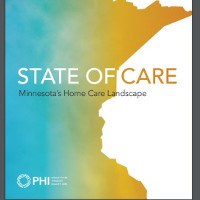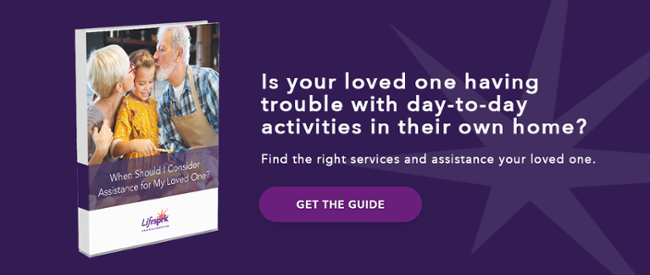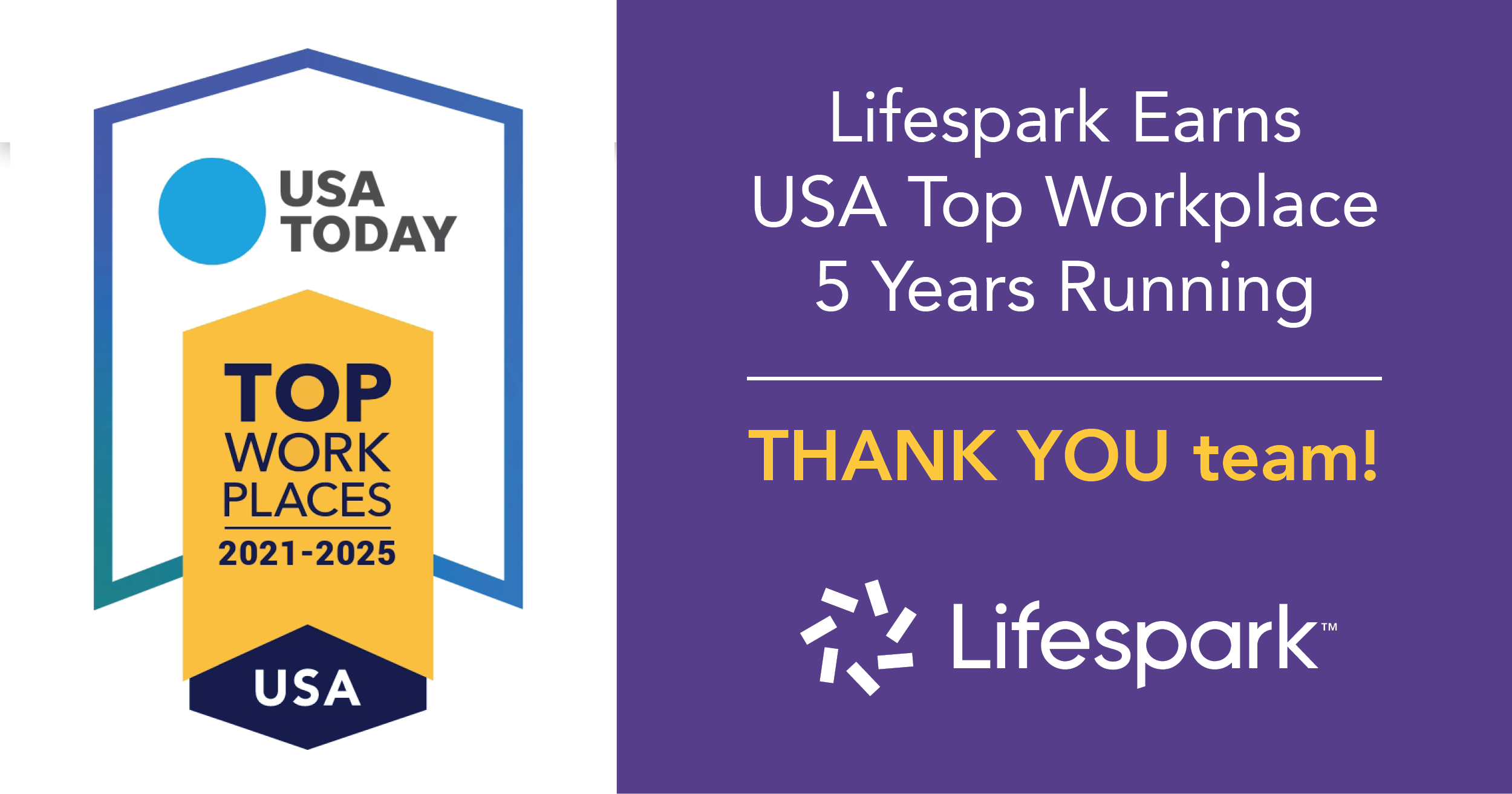
A new report from PHI and LeadingAge Minnesota paints a clear picture of Minnesota’s changing demographics and its impact on providing care at home to elderly parents.
Here are just a couple of the facts from the State of Care: Minnesota’s Home Care Landscape report:
- By 2020, for the first time in history, Minnesota’s 65+ population will eclipse the K-12 population.
- And the number of Minnesotans turning 65 in this decade (about 285,000) will be greater than in the past four decades combined.
As these changes take place, there are already caregiver shortages: who will care for our aging population?
According to Gayle Kvenvold, President and CEO for LeadingAge Minnesota, “The magnitude of Minnesota’s workforce crisis in home care and across the field of caregiving is something we have never seen before. This is a huge challenge for care providers and a source of anxiety for our clients and their families as they strive to maintain their independence and community living. We are focused on near-term solutions that ensure high quality care by experienced caregivers, and bold, longer-term solutions that elevate caregiving as an honored and sought after career.”
Joel Theisen, Founder & CEO of Lifesprk, and a board member for LeadingAge Minnesota, applauded the report, adding that while Minnesota ranked first in the nation by AARP’s long-term services and support scorecard, providers and consumers need to take action now to ensure seniors and their families are able to live the healthiest, most independent life possible wherever they call home.
“As the report details, there is no single solution for resolving the caregiver shortage we’re already facing. It is going to take several efforts – targeted recruitment of new populations for potential caregivers, better caregiver training, more meaningful roles with career ladder opportunities, improved caregiver supervision and integration into the care delivery model – working together to successfully meet demands for today and tomorrow,” he explains.
“One of the most effective ways you can play a role,” Joel adds, “is to become a well-educated consumer. Know how to look for quality, effective care and caregivers.”
So here are 7 tips to get you started based on the main insights from the State of Home Care report:
- Find providers who help reduce the need for care: Look for models of care that proactively work to improve your loved one’s wellbeing rather than just perform transactional tasks of care. By building your elderly parent’s strength and quality of life, you are reducing their dependence on care as well as their long-term care costs. The key question: how involved is the nurse going to be in your loved one’s care?
- Ask about the depth and frequency of caregiver supervision: The PHI/LeadingAge Minnesota report states that higher levels of caregiver supervision translate into higher quality care. How often does the nurse supervise the caregiver? How frequently does the nurse see the client? All providers offer caregiver supervision, but an increasing body of research points to the benefits of a higher level, ongoing care coordination by a nurse – a professional who can trouble-shoot any situation that arises, significantly decreasing the stress on the family.
- Seek providers who are investing in caregiver recruitment, training, education, and career-ladder opportunities: You want to be sure that your provider is seeking the right talent and then effectively screening to choose only the top candidates. There may be a caregiver shortage, but providers shouldn’t be sacrificing quality for quantity. Then check out how they are investing in caregiver growth and development and what types of career-ladder opportunities exist. Are there mentoring opportunities or additional coaching available? The State of Home Care report calls for the elevation of the role of the aide, and training/career development are key elements in that.
- Learn their caregiver turnover rate: The industry average is 59.7% (Source: 2016 Private-Duty Benchmarking Report), which some providers exceeding 100%. That is tremendous churn in the personnel who are caring for your parents. It is difficult to provide consistent, or even perhaps competent, care with turnover that high. What happens when a caregiver is sick or doesn’t show up? Check whether the provider offers a guarantee that no shift goes unfilled. It can prevent you from scrambling at the last minute to rearrange your schedule or call in sick to work.
- Check out the workplace culture: Culture may not seem like it matters, but it does. A top workplace attracts and retains top talent. When the people who work for a company are happy, they are more engaged in their work. People want to work for a company that cares about them, that listens, and enables them to work to their top potential. Look for proof of the workplace culture through industry awards and employee engagement scores.
- Evaluate their results: How are they measuring client outcomes? What is their client hospitalization or ER visit rates? How are they doing on improving quality of life or reducing pain scores? Look for objective measures and ideally the use of industry-benchmarked outcomes measurement tools to help you determine the overall impact on the clients they serve.
- Recognize that quality comes at a price: As the scramble to recruit and retain the best caregivers continues, consumers need to acknowledge that the best services will not always come at a rock-bottom price. To improve wages for caregivers, invest in their training, career development, and career ladder opportunities, and provide higher levels of supervision and caregiver role integration, providers need to make investments. That makes it difficult for them to compete on price and there will be trade-offs. Consumers need to look beyond price to determine the value each provider offers, and make decisions on what best-fits their needs.
What caregiver shortage challenges have you faced, and what have you learned? Share your insights. Or if you need help identifying all the options for aging parents, call Lifesprk’s free Navigation service: 952-345-0919.
Care on!




